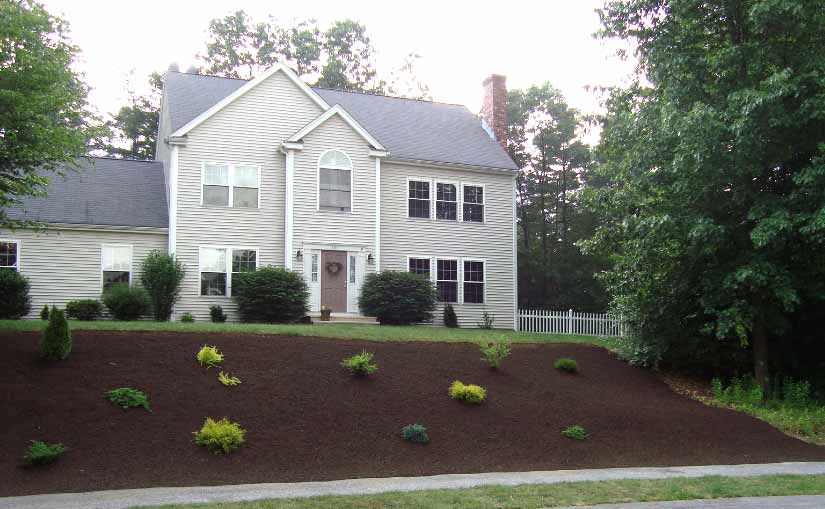This article will briefly discuss what causes cesspit failure? The cesspit is an old system of wastewater treatment. It looks a lot like the modern septic system but it doesn’t have the outflow pipe. Instead, it has perforations or holes in the tank through which the pre-treated effluent flows. It has anaerobic and aerobic bacteria working together to eliminate the solid waste that come in with the effluent. Normally, the bacteria breakdown the solid wastes so that the effluent becomes clear enough before it enters the soil absorption area. But with so many influencing its condition, the cesspit malfunctions and even fails.
There are many residents in the US who choose to “grandfather” their cesspit system so that they could replace it with a brand new septic. But the present economy doesn’t allow anyone to do that because of the huge amount that has to be spent. It isn’t practical at all. So, the present cesspit has to be well taken care of for another set of years. It won’t be any trouble at all once it is optimal. Still, there are homeowners who neglect their cesspits and can’t seem to find the time to make the cesspit run smoother.
What causes cesspit failure?
Well, the following are some of the common reasons why the cesspit fails:
1. Elevated water consumption. Of course, water is highly consumed in the home to do so many things like washing the car, laundry, showering, using the toilet, cooking, and washing the dishes, among others. Heavy rainfall also contributes to the increase in water consumption. If there is a sudden entrance of a large amount of water, the solid waste gets stirred up and disperses into the soil absorption area and clogs it. It also brings in sediments especially if the rain gutter drains directly over the cesspit. Water consumption through the washing machine and dishwasher could be helped if a dry well is installed. Rainwater could be minimized by redirecting the gutter to drain away from the cesspit.
2. When you place structures and vehicles over the cesspit, soil compaction happens. This brings about the crushing of the cesspit’s physical components. The structures and vehicles could even damage the cesspit cover which could result to leaks, backups, flooding, and overflow. You should make sure that these objects are removed from the cesspit’s premises or it will fail.
3. Tree roots and shrubs roots are invasive root systems that endlessly search for nutrients and water. In their quest for sustenance, they burrow their roots into the cesspit. As they grow, their roots go deeper into the cesspit. They clog the perforations and take over the space inside the cesspit. The entering wastewater cannot be treated properly anymore because of the roots occupying valuable space. These roots should be pulled out manually because using chemicals will only pollute the environment. The trees and shrubs should also be replanted in an area away from the cesspit.
4. If pump out schedules are not observed, then the sludge will build up heavily. The sludge then overwhelms the cesspit and clogs the perforations. It even disperses into the soil absorption area and clogs it. You should establish a consistent schedule with your septic expert so that the sludge will be kept at a low level. If the pump outs are skipped, forgotten, or deliberately postponed or cancelled, the sludge will occupy the cesspit and halt the wastewater treatment process.
5. Dumping non-biodegradable materials, grease, and pain are not beneficial to the cesspit. These cannot be broken down by bacteria in the cesspit. They just stay and crowd the cesspit, leaving the wastewater to backup into the house. This could easily turn into leaks, flooding and eventual overflow.
Ask your septic expert about bacteria treatment for your cesspit. Additional bacteria will add up to those already in your cesspit, making solid waste digestion much faster. With bacteria treatment and pump outs given at regular doses, you won’t even think of facing cesspit failure at all.

